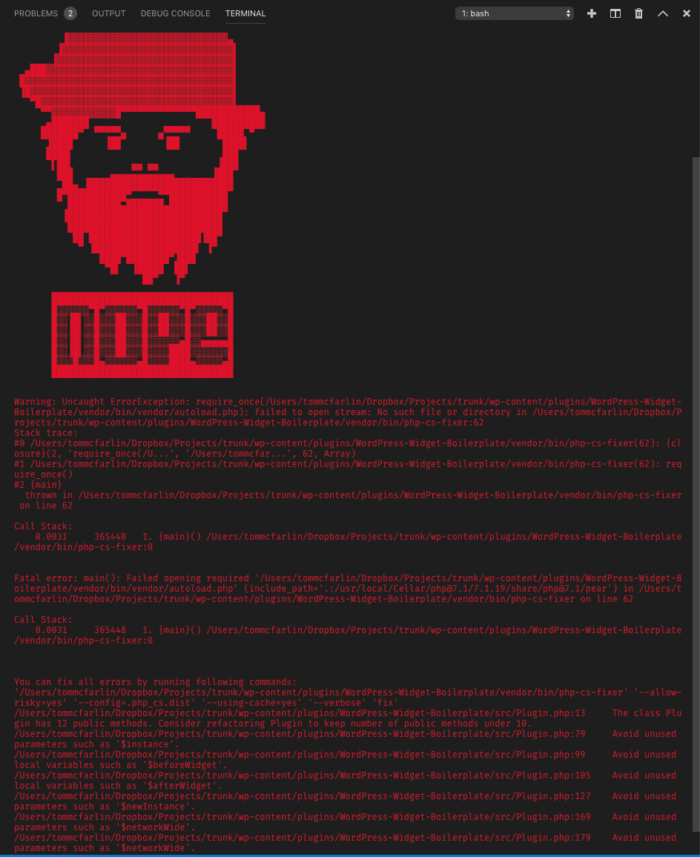When it comes to refactoring the WordPress Widget Boilerplate, we’ve done a lot of work to bring the code base up to more object-oriented standard. Further, we’ve introduced a variety of other tools that allow us to bring our code up to more modern standards
Now that we’ve spent time doing that, it’s time to jump back into the code and begin refactoring it in such a way that allows for the use of abstract classes and subscribers (that work as part of the event-driven design pattern).
At the end of the previous post, I wrote:
In the upcoming posts, we’re going to look at how we can implement subscribers for the public-facing side of the site (that is, where the widget content is displayed). And we’ll do the same for the administration area of the site.
So in this post, we’re going to do exactly that. Specifically, we’re going to start with working on a subscriber for the widget and then getting the base widget to display on the administrative side of the site first.


